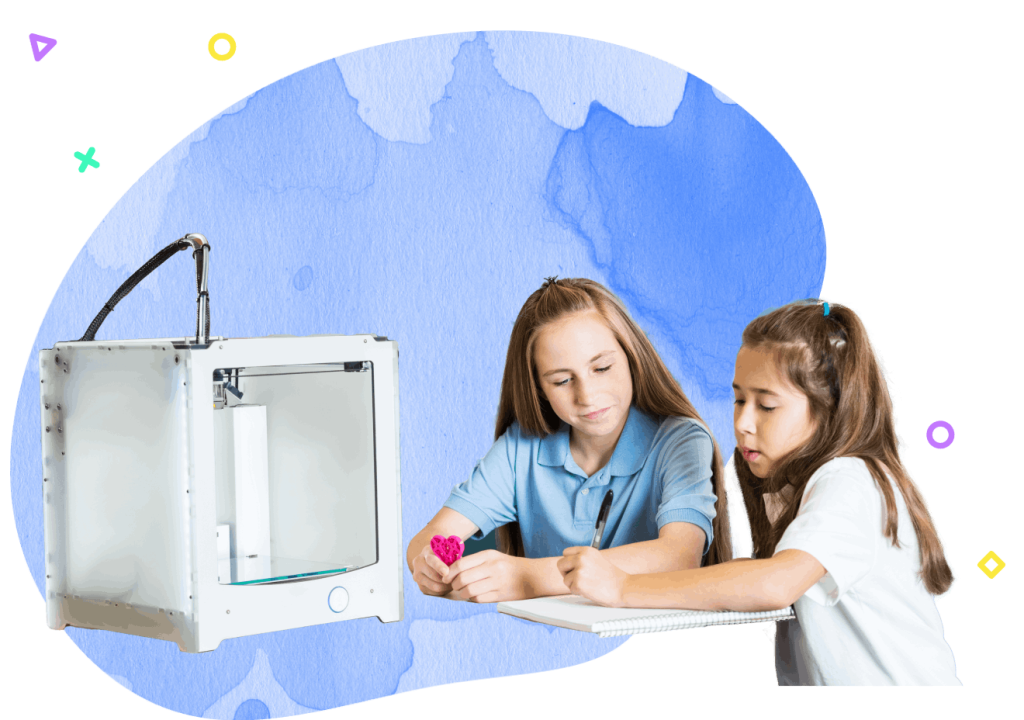Research & Policy for Arts Integration
What’s the role of arts education in student success?

What’s the role of arts education in student success?

The goals established by USDOE Arts in Education Model Demonstration and Dissemination (AEMDD) grant were accomplished by the Rochester Arts Impact Study Enhancement (RAISE) Model. The goals of the grant are to:
The Arts Director and Project Coordinator selected a teaching artist for each grade level, attended grade level meetings to query teachers about their ideas on what students could best learn using the arts in ELA—things students had difficulty learning. For example, the targeted skills and concepts for third graders were: 1) understanding character; 2) vocabulary acquisition, and 3) visualization. Teaching artists were given an opportunity to respond to the skills and subsequently a small team comprised of all seven teaching artists and a few teachers developed integrated units/lesson plans during the summer of 2011.
Arts Integration Sessions: The RCSD Arts Director and Project Coordinator design and facilitate professional development sessions for elementary teachers focusing on integrating arts learning into the curriculum. Treatment teachers were requested to attend 10, two-hour sessions (and receive P.D. credit from RCSD). Each session was focused on how to integrate a specific art form into another subject area at a specific grade level. It was delivered in a variety of formats to facilitate and encourage teacher participation. The facilitators modeled an arts activity and demonstrated how to connect it with ELA, math, social studies, etc. Teachers were provided with hands-on materials to aid in the replication of the demonstration in their classroom.
Job-Embedded: The RAISE Program leaders consider the informal opportunities treatment teachers have to observe and interact with teaching artists during the implementation of the integrated units as “job-embedded” professional development (D. Harloff).
Arts Integration Sessions: The RCSD Arts Director and Project Coordinator design and facilitate professional development sessions for elementary teachers focusing on integrating arts learning into the curriculum. Treatment teachers were requested to attend 10, two-hour sessions (and receive P.D. credit from RCSD). Each session was focused on how to integrate a specific art form into another subject area at a specific grade level. It was delivered in a variety of formats to facilitate and encourage teacher participation. The facilitators modeled an arts activity and demonstrated how to connect it with ELA, math, social studies, etc. Teachers were provided with hands-on materials to aid in the replication of the demonstration in their classroom.
Job-Embedded: The RAISE Program leaders consider the informal opportunities treatment teachers have to observe and interact with teaching artists during the implementation of the integrated units as “job-embedded” professional development (D. Harloff).
In the fourth-year results at kindergarten we see gains in the treatment group that can be described as more than modest, with kindergarteners gaining four to five months’ additional developmental growth, particularly in the Mathematics and Science domain, where we see at least five months’ additional developmental growth. Mathematics and Science = .27, over five additional months of growth;
In the Every Student Succeeds Act, (ESSA), a new version of the Elementary and Secondary Education Act, ESEA, the civil rights era law has been updated. The ESSA law final regulations specifically address the original purpose to provide all children with a quality education:
We are changing these regulations to provide clarity and support to State educational agencies (SEAs), LEAs, and schools as they implement the ESEA requirements regarding statewide assessment systems, and to ensure that key requirements in title I of the ESEA are implemented in a manner consistent with the purposes of the law–“to provide all children significant opportunity to receive a fair, equitable, and high-quality education, and to close educational achievement gaps.” (Unite States Legislature, 2016)
In Order to Comply with the ESSA Law, Change the Work of Teachers. The logical conclusion from our work is to promote a change in policy for what we expect teachers to do during their instructional day if we want them to provide all students with equity of access to a quality curriculum. If we want to close educational achievement gaps, and provide a fair, equitable and high-quality education, arts education policy should be based on arts learning transfer skills and what motivates students to learn, how disadvantaged populations could benefit from that learning and what teachers need in order to be effective with a growing diversity of learners.
It is by deliberate practice, the amount of deliberate effort to improve performance (in this case, through arts integration), that learning is enhanced and teaching matters (Hattie, 2012, p. 123).
We need to build the capacity of all teachers through job-embedded professional development in arts integration. Teachers should learn the skills of arts integration in “on the job” training. As teachers learn to fully integrate theatre, dance, music and visual arts into core curriculums, student thinking will be better revealed, and student acquisition of the arts transfer learning skills will drive intellectual improvement for all students in all subjects.